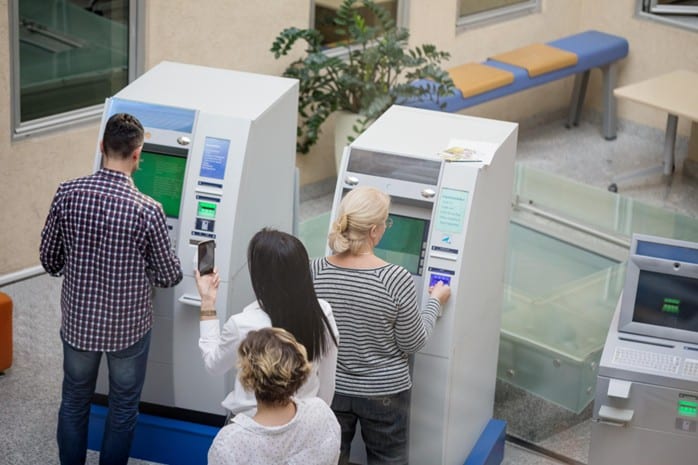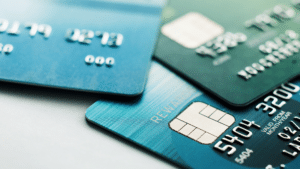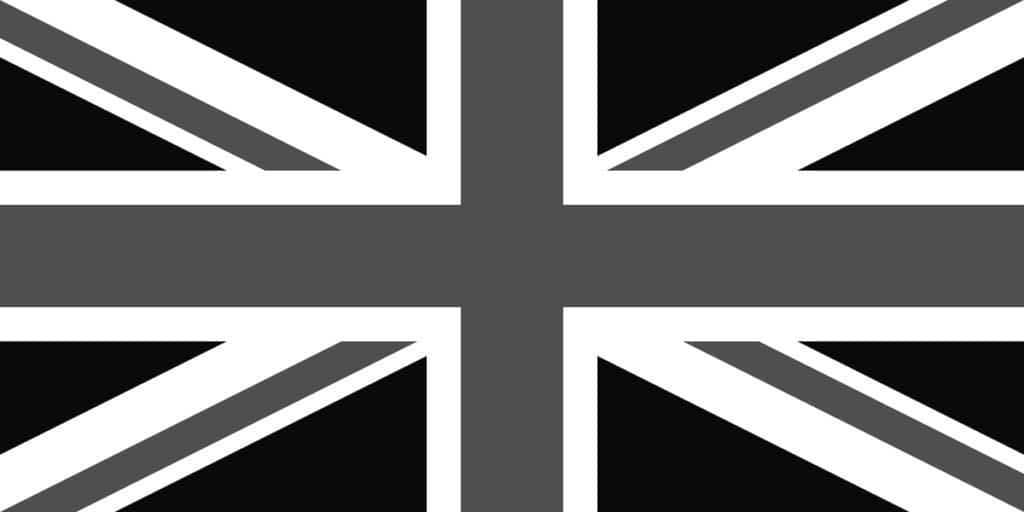What is a Current Account?
In 2022, around 222,000 personal current accounts were opened in Ireland’s main retail banks. Additionally, 93% of the population holds a main current account with traditional banks, and 4% with credit unions or An Post.

A current account is a type of bank account that permits freque nt deposits and withdrawals and is generally used for everyday transactions like receiving wages, paying bills, and making purchases. This type of account often comes with a chequebook and debit card, and it may provide overdraft facilities. Unlike savings accounts, current accounts typically do not offer high-interest rates on the balances. Current accounts are payment accounts offered by banks and financial institutions. Current accounts are accounts that are used primarily for the execution of day-to-day payment transactions and through which the consumer or consumers holding the account may— (a) place funds, (b) withdraw cash, and (c) execute and receive payment transactions, including credit transfers, to and from a third party.
Features of a Current Account
Mobile First: Mobile and online banking apps are crucial. A significant 75% of millennials say they would switch financial institutions if better apps were available.
Fees: Overdraft fees, service fees, out-of-network ATM fees, and even inactivity fees can significantly reduce your savings over time. These fees disproportionately affect younger people, with 46% of Gen Z and 42% of millennials paying monthly fees, compared to 22% of Gen X and 14% of Baby Boomers.
Fast Payments: Money transfer apps have revolutionized electronic money transfers. Features, fees, and specialties vary—the best app for sending money internationally may not be the same one that’s best for splitting rent or last night’s dinner.
Security: Multi-factor authentication, suspicious activity alerts, and the ability to block debit cards or money transfers provide robust defense for consumers. For example, Fidelity employs a concept called defense-in-depth, focusing on prevention, detection, and recovery.
Customer Service: Older generations may prefer visiting a bank branch for face-to-face interactions, while younger generations are comfortable seeking help through an app or online, especially if it’s available 24/7.
Perks: To attract new customers, many financial institutions offer checking account bonuses, above-average yields, and new perks like early direct deposit and cash back rewards.
Cost of Having a Current Account
Current account fees in Ireland can vary significantly from one bank to another. Common fees associated with current accounts include:
- Maintenance Fees: Most banks charge a monthly maintenance fee, which can range from €4 to €10, depending on the account and bank.
- ATM Withdrawal Fees: Some banks charge a fee for using ATMs not affiliated with their network.
- Transaction Fees: Certain transactions, such as international transfers, may incur additional fees.
- Overdraft Fees: If you use an overdraft facility, you may be charged interest and fees based on the amount and duration of the overdraft.
- Service Charges: Additional services like cheque processing or currency exchange may come with extra charges.
Types of Current Account
There are several types of current accounts available, each tailored to meet different financial needs and preferences:
- Standard Current Accounts: These are the most common type of current accounts, offering essential banking services such as withdrawals, deposits, and bill payments.
- Packaged Current Accounts: These accounts come with added benefits like travel insurance, breakdown cover, or cashback offers, often for an additional fee.
- Student Current Accounts: Designed for students, these accounts typically offer interest-free overdrafts and other student-specific perks.
- Basic Bank Accounts: These accounts provide fundamental banking services without overdraft facilities, suitable for those who need a simple account for transactions.
- Business Current Accounts: Tailored to meet the needs of business owners, these accounts offer features like multiple user access, business loans, and merchant services.
How to Choose a Current Account?
Choosing the right current account involves assessing your financial needs and habits. Here are some factors to consider:
- Fees and Charges: Compare the fees associated with different accounts to find one that fits your budget and usage patterns.
- Features and Benefits: Look for accounts that offer features aligned with your needs, such as overdraft facilities, cashback offers, or travel insurance.
- Accessibility: Consider the accessibility of the bank’s branches and ATMs, as well as the convenience of their online and mobile banking services.
- Customer Service: Research customer reviews and ratings to gauge the quality of the bank’s customer service.
- Additional Perks: Some accounts come with extra perks like preferential loan rates or discounts on other products and services offered by the bank.
FAQs - Current Account
How Many Current Accounts Should I Have?
It depends on your needs, but typically 1-2 current accounts are sufficient: one for personal use and another for business or specific purposes.
What is Current Account Used For?
A current account is a type of bank account primarily used for managing everyday financial transactions. Unlike savings accounts, which are designed to hold money over a longer period, current accounts provide easy access to funds for daily expenses. Key uses of a current account include:
- Receiving Income: Many people use their current account to receive their salary, pensions, or other regular income.
- Paying Bills: Current accounts facilitate the payment of recurring bills such as utilities, rent, and subscriptions through direct debits and standing orders.
- Everyday Purchases: Debit cards linked to current accounts allow for convenient transactions for groceries, dining, shopping, and other daily needs.
- Online Banking: Current accounts often come with online banking facilities that enable easy fund transfers, bill payments, and account management.
What are the Requirements to Open a Current Account?
Opening a current account is usually a straightforward process. Follow these steps to open a current account:
- Choose the Right Account: Based on your research and assessment, select the current account that best suits your needs.
- Gather Documentation: You'll typically need to provide proof of identity (such as a passport or driver's license) and proof of address (like a utility bill or bank statement).
- Complete the Application: Fill out the application form either online or at a bank branch, providing all necessary details and documentation.
- Verification Process: The bank will verify your information and may conduct a credit check if you apply for an overdraft facility.
- Account Activation: Once approved, you will receive your account details and debit card. Follow the instructions to activate your account and start using it.
Are Current Account Taxed?
Yes, interest earned on Irish current accounts is subject to Deposit Interest Retention Tax (DIRT). Financial institutions in Ireland deduct DIRT at a rate of 33% from the interest paid on all deposit accounts held by Irish-resident individuals. This means that the tax is deducted before the interest is credited to your account. If you have any specific questions about your current account or need more detailed information, it's always a good idea to check with your bank or financial advisor.
Conclusion
Understanding what a current account is and how it functions is essential for managing your day-to-day finances. With the right current account, you can efficiently handle transactions, pay bills, and manage your income. By considering the various types of current accounts, associated fees, and your financial needs, you can make an informed decision and choose the account that best suits your lifestyle. Opening a current account is a simple process, provided you have the necessary documentation and meet the bank’s requirements. Start by evaluating your options and selecting the account that offers the best features and benefits for your needs.
Sources
Coins to Asset relies on high-quality sources to ensure the accuracy of the information in our articles. To learn more about our fact-checking process and how we maintain the reliability and trustworthiness of our conten.
- BPFI: Report
- B&A: Retail Banking Review

Lynda Unogu MBA IMC (CFA UK) PMP
Lynda holds an MBA from University College Dublin and worked previously in product roles within financial services and technology firms like Mastercard, Citi Bank and JP Morgan. She constantly seeks to apply her expertise in financial services to the field of personal finance with the goal of helping people navigate the complexities of money and finance.








